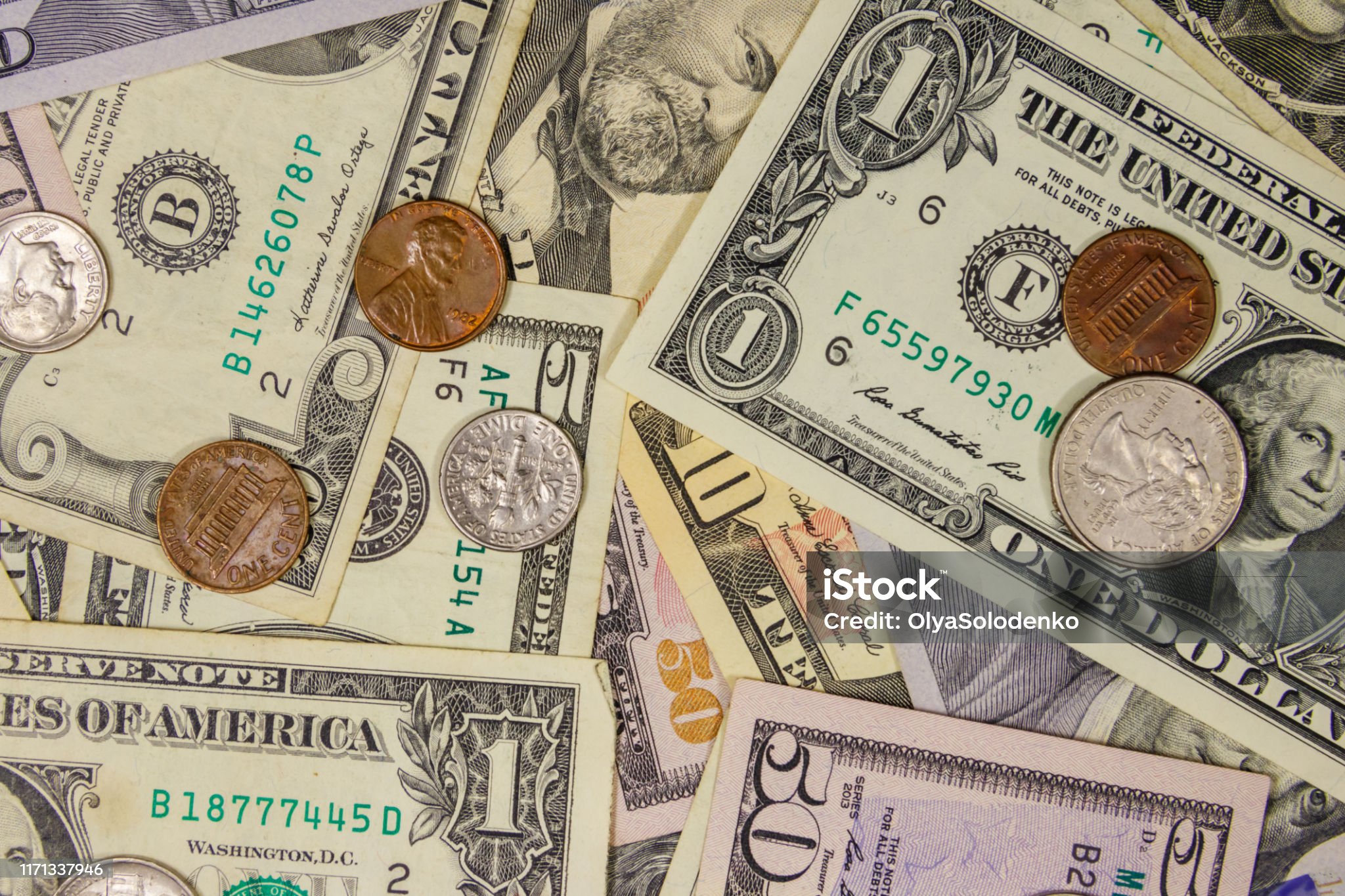It’s no secret. Over the last two years, we’ve seen a major shift in how companies charge for their products and services. Things that once came with no strings (or fees) attached are now locked behind subscriptions, usage limits, or entirely new price models. Businesses are transforming what was free into new revenue streams, and consumers—well, we’re left deciding what stays in the budget and what doesn’t.
Why is this happening? Rising costs, profit margins, and the push to monetize previously free options all play a role. Here’s a spotlight on how industries have adapted, and how it’s reshaping the way we spend.
If you’re using free apps and tools to get through the workday, you’ve likely noticed this trend firsthand. Many platforms are adding charges for features that once came standard—if they’re not slashing free versions entirely.
Freemium has officially taken over, and major players like Canva and Trello know how to maximize it. Canva, once a go-to design tool for affordable teams, has shifted more features—like premium templates and collaboration tools—into its Pro tier. Trello? Their free plan now comes with stricter limits on boards and automation, meaning teams need to upgrade as their workflows grow.
Freemium promises the basics for free, but the best stuff? That’s on lock unless you pay. And with so many companies adopting this approach, few alternatives stay free for long.
Remember when Google Photos let you store unlimited pictures for free? That perk vanished in mid-2021, and now all pictures count toward your Google account storage. Upgrading to a paid plan is inevitable once you’ve hit your limit.
Zoom is another big name that backtracked on free services. Gone are the days when small groups could host unlimited 40-minute meetings. Now, that luxury comes with a price tag unless you upgrade.
The era of one-and-done software purchases feels like a distant memory. Take Adobe, for example. Once sold as a boxed set, its Creative Suite transitioned fully to the Creative Cloud subscription model. Microsoft Office has followed suit with Microsoft 365, making it harder to find one-off licenses for Word, Excel, or PowerPoint.
These shifts hit hard because subscriptions aren’t just one-time splurges—they’re recurring expenses.
Our favorite ways to connect are also introducing fees, especially for tools and features we previously took for granted.
Twitter made waves with its revised Blue subscription. The platform linked its verified checkmark, once free, to a monthly payment model. But that’s not all—subscribers also get perks like the ability to edit tweets, post longer videos, and enjoy fewer ads. What was once a badge of credibility is now a matter of dollars and cents.
While WhatsApp remains free for everyday users, businesses received a wake-up call when the platform introduced usage-based pricing for its Business API. Companies that relied on WhatsApp for customer interaction found themselves budgeting for messages and notifications sent via the app. This move directly impacts small businesses trying to scale without breaking the bank.
Streaming platforms made convenience king, but now their free perks are becoming rare.
Netflix rocked the boat by cracking down on shared accounts. Adding fees for extra “household members” was a bold attempt to combat password-sharing, and it’s left many longtime users scrambling for options. Hulu and Disney+ have also added aggressive incentives to lure users toward pricier no-ad tiers. Free? Forget it.
The gaming world is no stranger to exclusive perks, but games like Fortnite took it further with paid subscription models such as Fortnite Crew. For a monthly fee, players could unlock exclusive skins, V-Bucks, and other in-game items—not accessible otherwise. What was once just a free-to-play experience now dangles premium benefits for spenders.
Spotify used to come with nearly all the perks—minus some ads. But its free tier has seen limitations on offline downloads, higher-quality streams, and advanced features. If you’re serious about your playlists, Spotify Premium is no longer optional—it’s the norm.
Getting from Point A to Point B has its own added costs, and they’re creeping into places we assumed were covered.
Checked bags used to be included in airfare—but today? Airlines are introducing “basic economy” fares that exclude not just checked luggage but, in some cases, overhead storage as well. Travelers must now pay for convenience at virtually every step of their journey.
Even public transit systems are tightening up. Many city buses and trains, which previously allowed free transfers or reduced fares under certain conditions, have removed those benefits entirely. Riders are paying more, often without added improvements to infrastructure.
It’s not just transportation and tech—day-to-day spending has seen dramatic shifts too.
Platforms like DoorDash and Uber Eats have added expanded service fees, delivery surcharges, and even smaller portion sizes at preferred restaurants. What used to cost just an extra $2 for delivery now balloons with charges that make dining out seem cheaper.
Free soda refills at many restaurants are quietly disappearing, while coffee shop rewards programs require more spending before you earn those “free” drinks. Starbucks, for instance, revamped its rewards system in early 2023, making it harder than ever to hit milestones without spending significantly more.
Plastic bags are no longer a freebie in most grocery stores. Cities enforcing environmental policies have pushed retailers to introduce bag fees—turning your weekly grocery run into another line-item expense.
What does all this mean for the people opening their wallets—and for the companies cashing in?
Consumers aren’t shy about voicing their frustration. From boycotting platforms to jumping ship for competitors, pushback is common—but not always successful. Some adapt by finding free workarounds, while others begrudgingly add expenses to their budgets. After all, staying connected and entertained often outweighs the pinch.
For companies, these changes are often a financial win. Subscription models bring steady revenue, and even small fees add up when applied across millions of users. As businesses grow accustomed to these strategies, we’re unlikely to see a return to the generosity of the past.
Discover more from Beautiful over 40ish
Subscribe to get the latest posts sent to your email.




